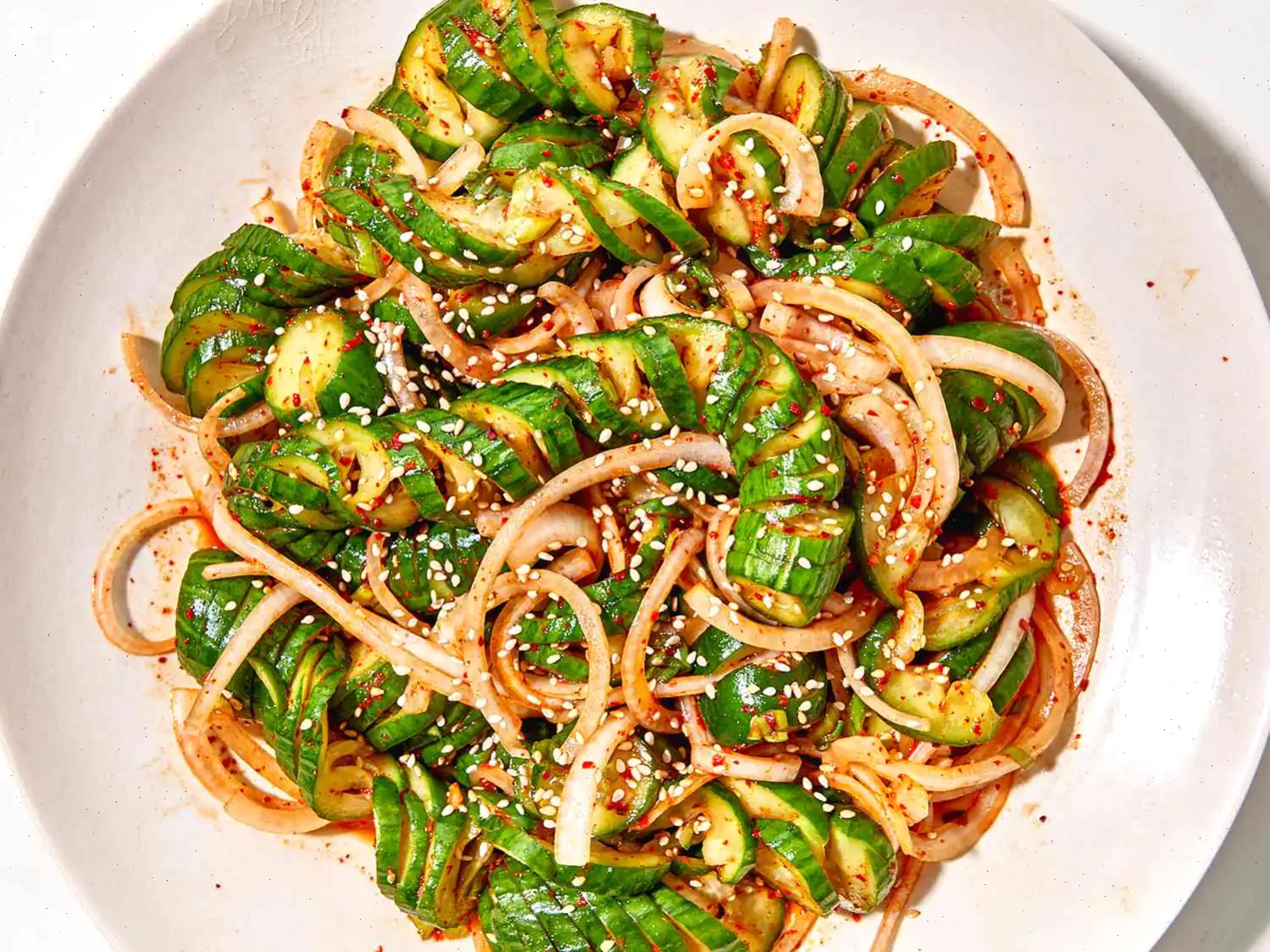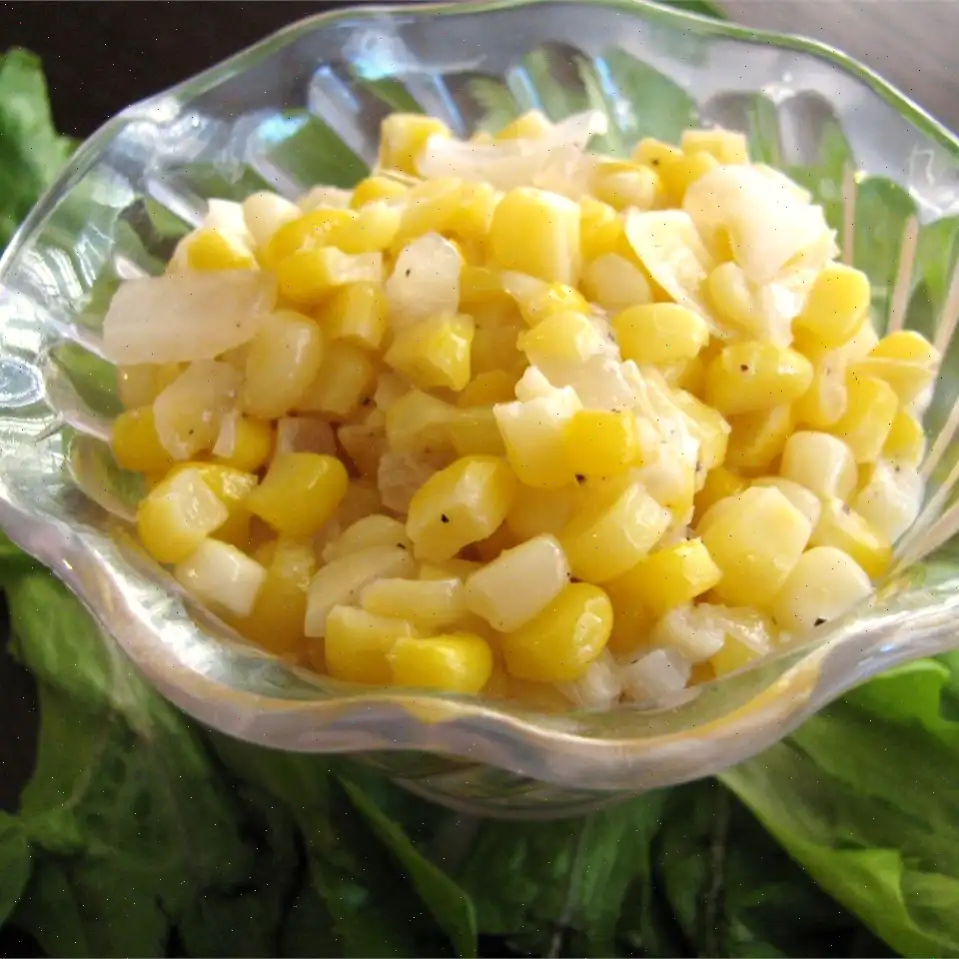
Easy Blackened Swordfish Recipe
Blackened Swordfish
This quick and flavorful recipe for blackened swordfish creates a crispy, spice-packed crust with a juicy, tender center. Ideal for a weeknight dinner or a special occasion!
Ingredients
- 2 (6 ounce) swordfish fillets
- cup melted butter
- 2 tablespoons Creole seasoning
Directions
Follow these simple steps to create a perfect blackened swordfish dish:
- Step 1: Heat a cast iron skillet over medium-high heat.
- Step 2: Pour the melted butter into a shallow bowl.
- Step 3: Dip the swordfish fillets into the melted butter, ensuring they are fully coated. Transfer the fillets onto a plate.
- Step 4: Generously sprinkle Creole seasoning on top of the fillets and gently pat the seasoning into the fish.
- Step 5: Place the seasoned swordfish fillets into the hot skillet. Cook for approximately 2 minutes, or until the fish just begins to blacken, making sure it doesnt burn.
- Step 6: Flip the fillets and cook the other side for an additional 2 minutes, or until fully blackened and cooked through.
Nutrition Facts (per serving)
| Nutrition | Amount | % Daily Value |
|---|---|---|
| Calories | 426 | 21% |
| Total Fat | 30g | 39% |
| Saturated Fat | 16g | 82% |
| Cholesterol | 127mg | 42% |
| Sodium | 1736mg | 75% |
| Total Carbohydrate | 3g | 1% |
| Dietary Fiber | 1g | 3% |
| Protein | 34g | 68% |
| Vitamin C | 1mg | 2% |
| Calcium | 15mg | 1% |
| Iron | 1mg | 8% |
| Potassium | 579mg | 12% |
Note: Percent Daily Values are based on a 2,000-calorie diet. Your daily values may be higher or lower depending on your calorie needs. If you're following a medically restrictive diet, please consult your doctor or registered dietitian before preparing this recipe.

Recipe Overview: Blackened swordfish is a dish that combines a juicy swordfish fillet with a flavorful Creole seasoning that is quickly seared in a hot skillet. This recipe allows for a quick and easy meal that delivers bold flavors with minimal effort.
History and Origin of Blackened Swordfish
The technique of "blackening" fish is commonly associated with the culinary traditions of Louisiana and is famously attributed to chef Paul Prudhomme in the 1980s. Prudhomme is credited with popularizing the method of seasoning and cooking fish or other meats at very high temperatures to create a flavorful, caramelized crust. Blackened swordfish, like other blackened fish dishes, involves coating the fillet with a blend of herbs and spices, then cooking it quickly at high heat to achieve a crispy, darkened exterior without overcooking the interior. The method originally gained popularity in Creole and Cajun cuisine but has since spread across various regions due to its bold flavors.
Regional Variations of Blackened Swordfish
While blackened swordfish is closely tied to the Gulf Coast of the United States, it has evolved in many regions. In the Caribbean, for instance, a similar technique is used but may incorporate different seasonings such as jerk spices or citrus. In Mediterranean cuisine, blackened swordfish can be found as a grilled option with seasonings like oregano and lemon, though it is often not as charred. The Creole seasoning blend used in this recipe is a key aspect of Southern blackening techniques and may vary slightly from region to region, with some adding paprika, thyme, and cayenne pepper to the mix.
Differences Between Blackened Swordfish and Similar Dishes
Blackened swordfish is often compared to other grilled or pan-seared fish dishes. The key difference lies in the preparation technique. Unlike a simple grilled swordfish, which may be lightly seasoned or marinated, blackened swordfish is coated with a flavorful, often spicy, seasoning mix before being cooked at a high temperature. The result is a deeply caramelized crust that gives the fish a smoky, charred flavor. Other similar dishes such as grilled tuna or blackened snapper may use similar spices but are typically not as intensely seared, leading to a different texture and flavor profile.
Where to Serve Blackened Swordfish
Blackened swordfish is a versatile dish that can be served in a variety of settings. It is commonly found in Southern-style seafood restaurants and can be served as a main course with side dishes such as rice, roasted vegetables, or cornbread. It's also a popular choice for beachside or casual seafood eateries, where the bold flavors of the fish are well suited to the laid-back atmosphere. Additionally, blackened swordfish can be served as part of a fish taco, or paired with a zesty salsa or mango chutney for an added layer of freshness.
Interesting Facts About Blackened Swordfish
- The term "blackened" refers to the technique of cooking the fish at very high heat, which creates a dark, crispy exterior. The fish doesn't burn, but the seasoning mixture can appear quite dark.
- Swordfish is a popular choice for blackening because of its meaty texture and mild flavor, which pairs perfectly with the bold seasoning.
- Though blackening was initially developed for fish, it can also be applied to meats such as chicken and steak. However, fish remains the most common choice for the technique.
- Many people believe that the "blackened" method can be unhealthy due to the high temperature used during cooking. However, when done correctly, the seasoning mix forms a flavorful crust, sealing in moisture and making the fish juicy while retaining a high protein value.
Recipe:
Ingredients:
- 2 (6 ounce) swordfish fillets
- cup melted butter
- 2 tablespoons Creole seasoning
Instructions:
- Heat a cast iron skillet over medium-high heat. Place melted butter in a shallow bowl. Dip fish into the butter and place on a plate. Sprinkle Creole seasoning on top of the fillets and pat it in.
- Place fish in the hot skillet and cook until just starting to blacken, but not burn, about 2 minutes. Flip and cook until blackened on the other side, about 2 minutes more.
Nutrition (per serving):
- Calories: 426 kcal
- Fat: 30 g
- Protein: 34 g
- Sodium: 1736 mg
- Carbs: 3 g
FAQ about Easy Blackened Swordfish Recipe
Comments
Jack Martin
06/14/2024 07:17:18 AM
Superb! Fast, simple, and mouthwatering.








